Collection
Theme
- Forced marriage
- Forced labour
- Trafficking
- Armed Conflict
- Women
- Domestic slavery
- Migration
- Sexual exploitation
Country
- Myanmar (trafficked from)
- China (slavery location)
- Thailand (slavery location)
- Myanmar (slavery location)
- Malaysia (slavery location)
- United Kingdom (slavery location)
Date
- 2019 (Narrative date)
- 2012 (Narrative date)
- 2011 (Narrative date)
- 2009 (Narrative date)
- 2013 (Narrative date) 6 More
Type
38 results
VOICES: Narratives by Survivors of Modern Slavery
This is the world's largest archive of modern slavery survivor narratives. Across more than a million words spoken or written by survivors of modern slavery, we can see why slavery persists in particular hotspots, analyse patterns in trafficking routes, identify vulnerabilities, understand more about the challenges survivors face in liberation, and discover new antislavery solutions. These narratives offer the chance to systematically design new antislavery strategies based on the experiences, ideas and solutions of enslaved people themselves.
The database is searchable by country, name, theme, and narrative date. Narratives can be viewed in list or map form. A short introduction provides context to each narrative. Narrative provenance appears after the main narrative text.
For ideas on how to use this database, please see our accompanying guide.
Project Lead: Zoe Trodd. Team Members: Andrea Nicholson, Lauren Eglen, Rosemary Pearce, Olivia Wright.
Project Funders: AHRC Antislavery Usable Past grant (2014-19), ESRC/AHRC PaCCS Modern Slavery: Meaning and Measurement grant (2016-19), and AHRC-GCRF Antislavery Knowledge Network grant (2017-2021).
For any queries about the collection please contact: [email protected]. If you wish to cite a particular narrative, please acknowledge the survivor’s name, the provenance of the narrative and cite: Voices Database, the Rights Lab, University of Nottingham.
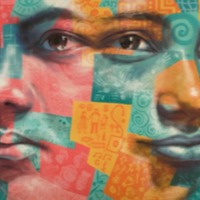
Ja Tsin Mai
The Global Slavery Index 2018 estimates that on any given day in 2016 there were over 3.8 million people living in conditions of modern slavery in China. Women and girls from South Asia, Southeast Asia and Africa are trafficked in to forced marriage in the country for fees of up to £30,000. The…
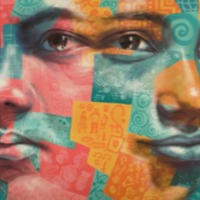
Ja Seng Htoi
The Global Slavery Index 2018 estimates that on any given day in 2016 there were over 3.8 million people living in conditions of modern slavery in China. Women and girls from South Asia, Southeast Asia and Africa are trafficked in to forced marriage in the country for fees of up to £30,000. The…
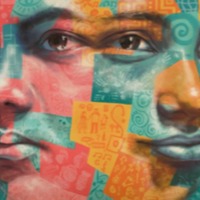
Nang Seng Ja
The Global Slavery Index 2018 estimates that on any given day in 2016 there were over 3.8 million people living in conditions of modern slavery in China. Women and girls from South Asia, Southeast Asia and Africa are trafficked in to forced marriage in the country for fees of up to £30,000. The…
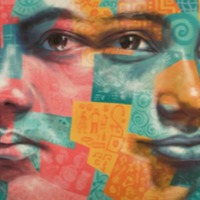
Seng Nu Ja
The Global Slavery Index 2018 estimates that on any given day in 2016 there were over 3.8 million people living in conditions of modern slavery in China. Women and girls from South Asia, Southeast Asia and Africa are trafficked in to forced marriage in the country for fees of up to £30,000. The…
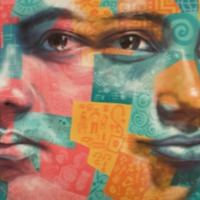
Mai Mai Tsawm
The Global Slavery Index 2018 estimates that on any given day in 2016 there were over 3.8 million people living in conditions of modern slavery in China. Women and girls from South Asia, Southeast Asia and Africa are trafficked in to forced marriage in the country for fees of up to £30,000. The…
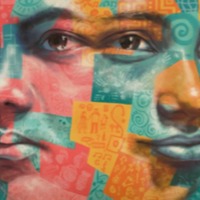
Khawng Nu
The Global Slavery Index 2018 estimates that on any given day in 2016 there were over 3.8 million people living in conditions of modern slavery in China. Women and girls from South Asia, Southeast Asia and Africa are trafficked into the country for fees of up to £30,000. The gender imbalance caused…
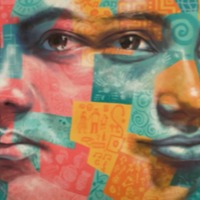
Mun Pan
The Global Slavery Index 2018 estimates that on any given day in 2016 there were over 3.8 million people living in conditions of modern slavery in China. Women and girls from South Asia, Southeast Asia and Africa are trafficked into the country for fees of up to £30,000. The gender imbalance caused…
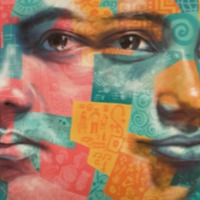
Seng Mai
There are an estimated 3.8 million people living in conditions of modern slavery in Chian (GSI 2018). Women and girls from South Asia, Southeast Asia and Africa are trafficked in to forced marriage in the country for fees of up to £30,000. The gender imbalance caused by the One Child Policy and…
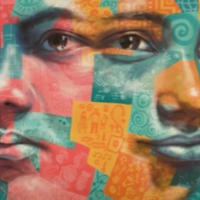
Bennu
There are an estimated 3.8 million people living in conditions of modern slavery in Chian (GSI 2018). Women and girls from South Asia, Southeast Asia and Africa are trafficked in to forced marriage in the country for fees of up to £30,000. The gender imbalance caused by the One Child Policy and…
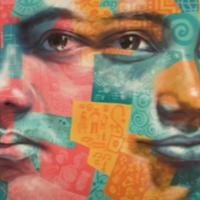
Chesa
There are an estimated 3.8 million people living in conditions of modern slavery in China (GSI 2018). Women and girls from South Asia, Southeast Asia and Africa are trafficked in to forced marriage in the country for fees of up to £30,000. The gender imbalance caused by the One Child Policy and…
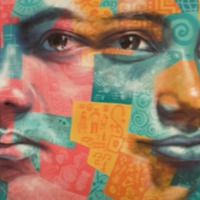
Chewa
There are an estimated 3.8 million people living in conditions of modern slavery in China (GSI 2018). Women and girls from South Asia, Southeast Asia and Africa are trafficked in to forced marriage in the country for fees of up to £30,000. The gender imbalance caused by the One Child Policy and…
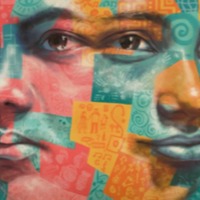
Seng Ja Ngai
The Global Slavery Index 2018 estimates that on any given day in 2016 there were over 3.8 million people living in conditions of modern slavery in China. Women and girls from South Asia, Southeast Asia and Africa are trafficked in to forced marriage in the country for fees of up to £30,000. The…
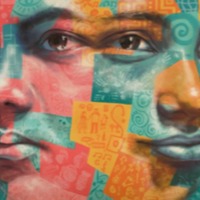
Nang Shayi
The Global Slavery Index 2018 estimates that on any given day in 2016 there were over 3.8 million people living in conditions of modern slavery in China. Women and girls from South Asia, Southeast Asia and Africa are trafficked in to forced marriage in the country for fees of up to £30,000. The…
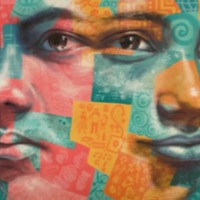
Htoi Nu Ja
The Global Slavery Index 2018 estimates that on any given day in 2016 there were over 3.8 million people living in conditions of modern slavery in China. Women and girls from South Asia, Southeast Asia and Africa are trafficked in to forced marriage in the country for fees of up to £30,000. The…
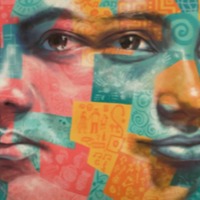
Seng Ing Nu
The Global Slavery Index 2018 estimates that on any given day in 2016 there were over 3.8 million people living in conditions of modern slavery in China. Women and girls from South Asia, Southeast Asia and Africa are trafficked in to forced marriage in the country for fees of up to £30,000. The…
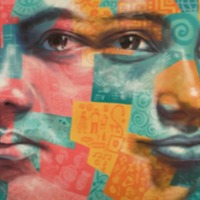
Aung Ja
The Global Slavery Index 2018 estimates that on any given day in 2016 there were over 3.8 million people living in conditions of modern slavery in China. Included in the types of slavery prevalent in China is forced labour, with China's unprecedented rise to the world's second largest economy and…

Saw Htoo
Within Burma, some military personnel, civilian brokers, border guard officials and ethnic armed group continue to recruit or use child solders. In some cases, recruiters use deception, offering incentives or coercing children or their families through false promises about working conditions,…

Saw Htoo
According to the Global Slavery Index, there are an estimated 575,000 people living in modern slavery in Myanmar (formerly Burma). Some Tatmadaw personnel, civilian brokers, border guard officials, and EAGs continue to recruit or use child soldiers, particularly in conflict-affected ethnic areas.…